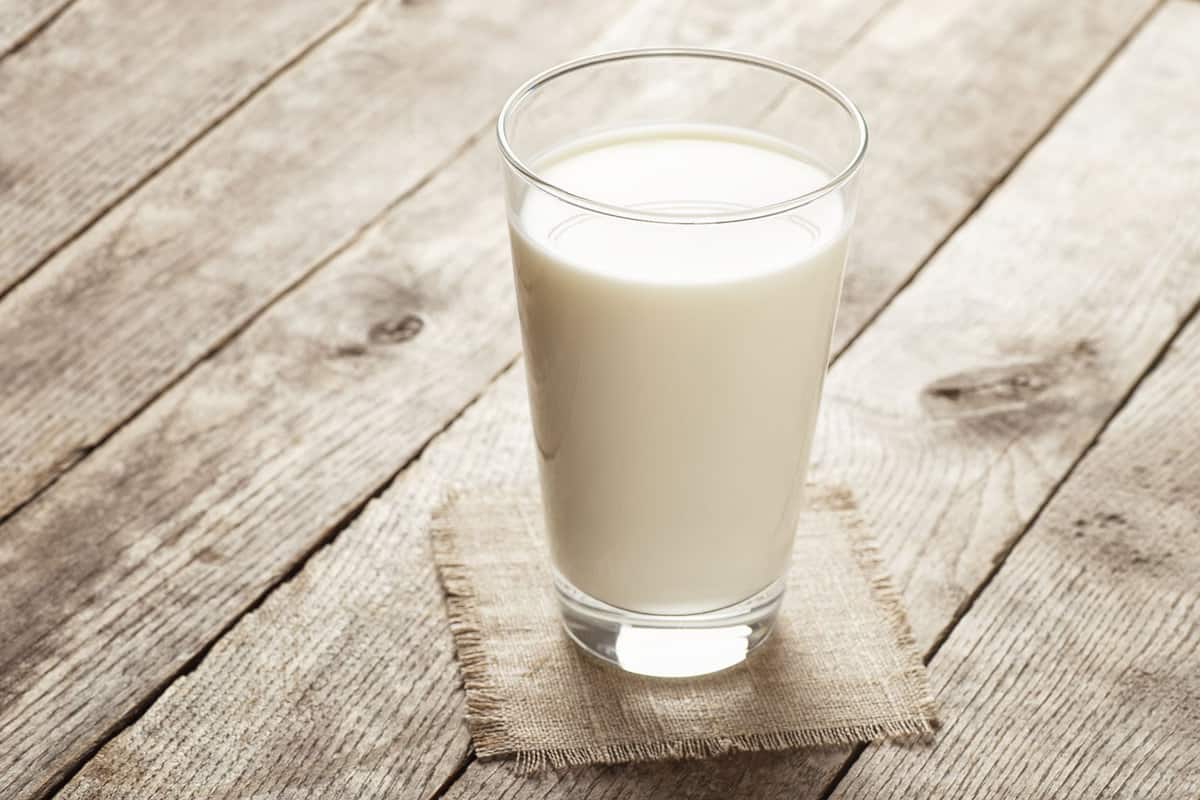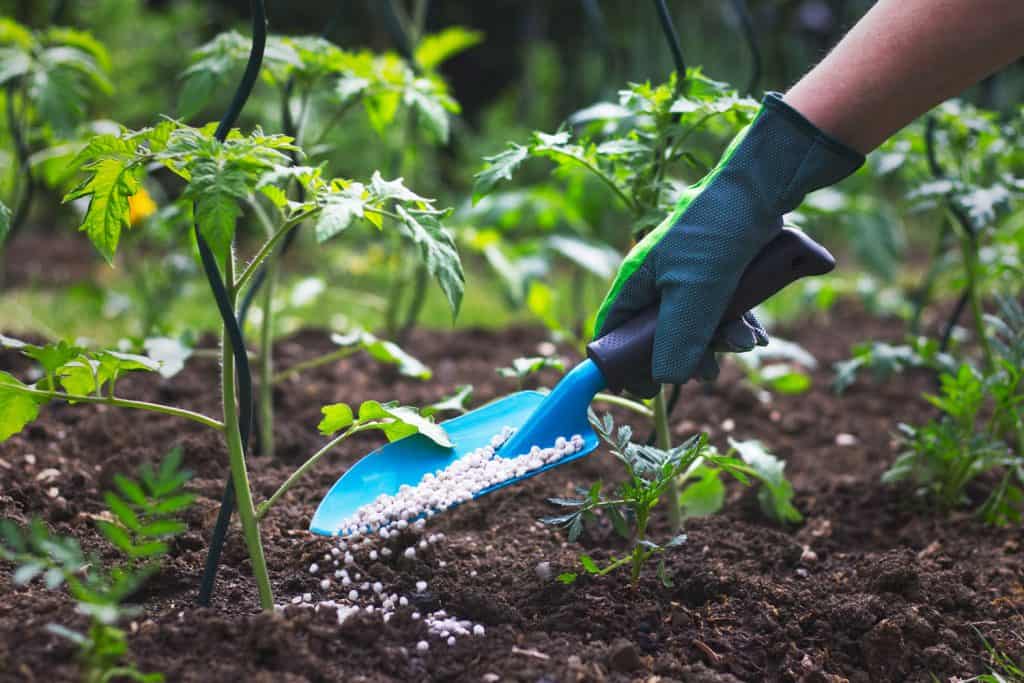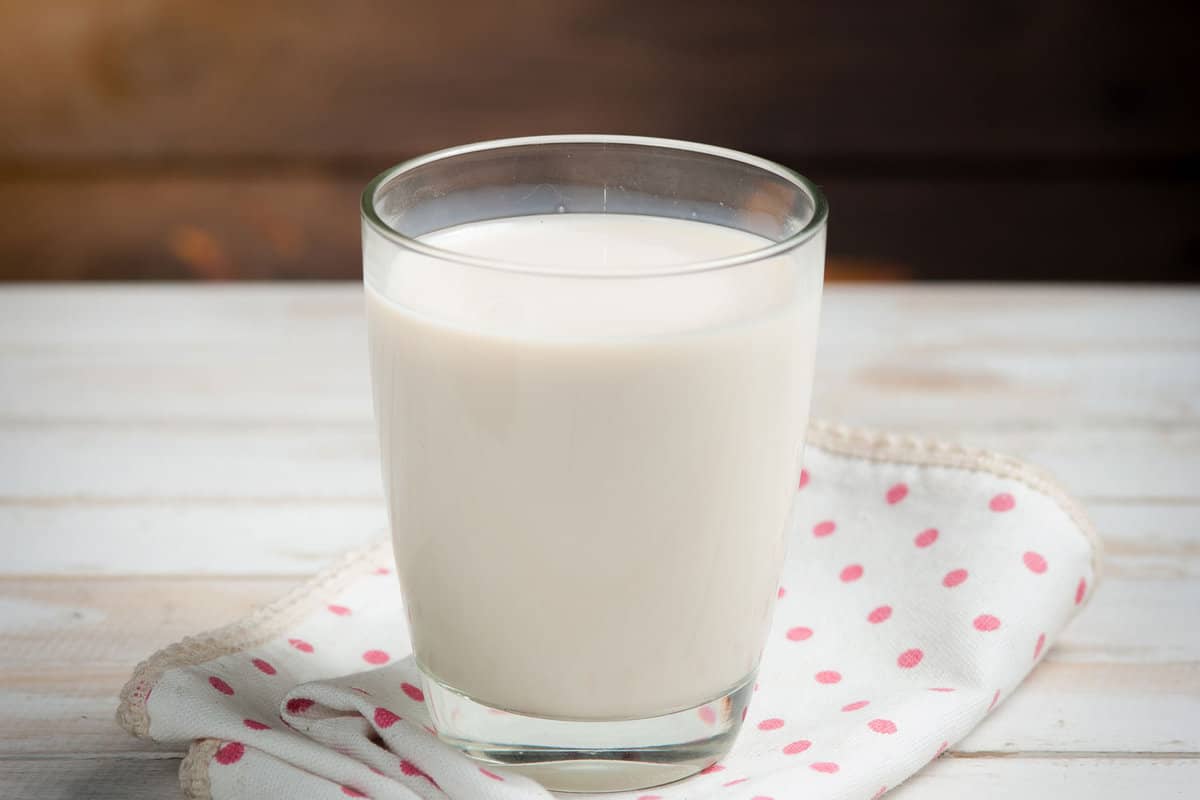Gardening enthusiasts and farmers alike are always on the lookout for innovative methods to enrich soil and enhance plant growth.
One such unconventional approach is the application of milk as a fertilizer. Rich in nutrients like calcium and protein, milk has been touted as a soil enhancer that can potentially aid in plant health and growth.

But does it truly measure up to traditional fertilizers, and are there any hidden drawbacks to this dairy-based approach?
In this article, we investigate the science behind using milk as a fertilizer, its benefits, potential risks, and how it compares to more conventional fertilizing methods.
Use Of Milk As Fertilizer
The use of milk as a fertilizer dates back to ancient times when farmers discovered its benefits by accident.
In more recent history, a dairy farmer named David Wetzel found that raw milk could be an effective soil enhancer.
This discovery occurred in 2002 when Wetzel started making specialty butters and cheeses as a niche product for his dairy operation in northeast Nebraska.

Milk has been used in gardens because it is rich in nutrients which can help plants grow faster and be more resistant to diseases.
It provides essential nutrients and minerals, such as calcium, that contribute to overall soil health and promote plant growth.
Feeding your plants with milk has been shown to alleviate many garden issues, from calcium deficiencies to viruses and powdery mildew.
However, the use of milk as a fertilizer should be done with caution, as there are potential drawbacks.
For instance, using too much milk can lead to spoilage and the growth of bacteria, resulting in a foul odor and poor plant growth.
The fat in milk can produce unpleasant odors as it breaks down, and the benign fungal organisms that colonize leaves and break down milk can be aesthetically unattractive.
One potential issue with using milk as a fertilizer is the attraction of pests. Milk contains proteins and carbohydrates, which can not only be attractive to insects but also rodents and other garden vermin.
The presence of these pests may damage your plants and create further problems for your garden. It's essential to weigh the potential benefits of milk as a fertilizer against the risk of attracting unwanted pests.
How Milk Impacts Soil Health
From enhancing microbial activity and enriching the soil with nutrients, there is more to discover about this unconventional fertilizer.
Microbial Activity
Milk is well-known for its rich nutritional content, providing a great food source for beneficial microbes in the soil. These microbes help break down organic matter into nutrients that can be easily absorbed by plants.

Microbes will degrade larger molecules in milk into basic nutrients that the plants can then use as a food source.
An increase in microbial activity can contribute to better soil structure and aeration, improving overall soil health.
Nutrient Enrichment
Milk is a rich source of calcium, protein, vitamins, and sugar, all of which may be beneficial to plants when used as a fertilizer.
The sugars in milk can also provide energy for beneficial soil bacteria, further contributing to a healthy soil ecosystem.
Comparative Analysis: Milk Versus Traditional Fertilizers
Milk contains essential nutrients such as calcium, protein, and vitamins that can benefit plants when applied to soil.
Calcium is crucial for strengthening plant cell walls, and proteins provide a source of nitrogen, which is vital for plant growth.
However, it's essential to remember that using too much milk might lead to spoilage and bad odors, which can negatively affect plant growth and soil health.

On the other hand, traditional fertilizers are formulated to provide a balanced and specific mix of nutrients tailored to different plant types.
These fertilizers can be organic or synthetic and typically deliver nitrogen, phosphorus, and potassium (NPK) to plants in optimal proportions.
The controlled release of nutrients in traditional fertilizers allows the plants to access the nutrients they need, reducing the risk of nutrient deficiency or excess.
Traditional fertilizers are generally more effective at providing plants with the nutrients they need to grow.
They are designed to provide a balanced diet of nutrients, which can help to promote healthy growth and development in plants.

While milk does offer some essential nutrients for plant growth, it lacks other important elements present in traditional fertilizers.
Milk does not contain significant amounts of phosphorus or potassium, both of which are necessary for essential plant functions like root development and flowering.
Therefore, relying solely on milk may not be enough to provide comprehensive nutritional support for your garden.
Practical Application: How To Use Milk In Your Garden
Using milk as a fertilizer for your garden may seem unconventional, but it has several benefits that promote strong plant growth.
Dosage and Frequency
Milk is rich in calcium, protein, vitamins, and sugar, all of which are beneficial to plants and help to promote strong and fast growth.
A solution of 50 percent milk and 50 percent water is a good starting point for most plants as a fertilizer.
Application Techniques
There are two main techniques for applying milk to your garden: as a foliar spray or by pouring it directly onto the soil.
1. Foliar Spray
Using milk as a foliar spray involves mixing the milk-water solution and applying it to the leaves of your plants with a spray bottle.

This allows for the leaves to absorb the nutrients directly. However, it is important to note that some plants, like tomatoes, are prone to developing fungal diseases if the milk sits on the leaves for too long.
To avoid this, check back after 30 minutes and wipe down the leaves with a wet cloth if there is still liquid sitting on them.
2. Direct Soil Application
Another method is to pour the milk mixture directly onto the soil around the base of your plants.
This allows for the nutrients to be slowly released and absorbed by the plant roots. Be careful not to over-water the soil, as this can cause the plant roots to rot.
In Closing
Milk can be a valuable supplement to traditional fertilizing methods but should not be considered a complete replacement.
Its utilization in the garden requires an understanding of its properties, benefits, and risks, as well as proper application techniques.
With careful planning and consideration, milk can indeed play a role in fostering a vibrant and healthy garden.
Read more:
The Role of Fertilizer in Your Garden
